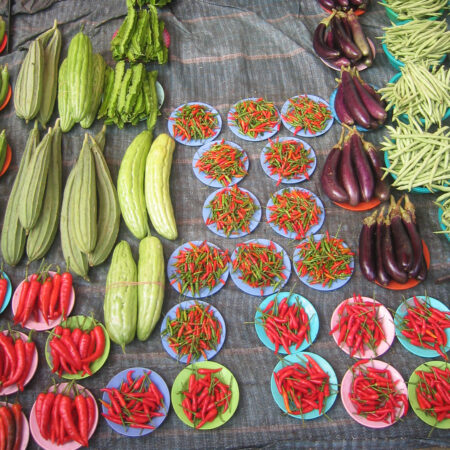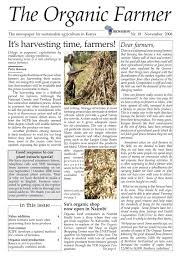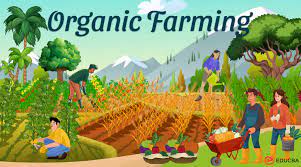
The mulching paper industry plays a crucial role in modern agriculture by enhancing crop productivity and sustainability. Mulching papers, typically made from biodegradable materials like cellulose or recycled paper, are used extensively to suppress weeds, conserve soil moisture, and regulate soil temperature. This practice not only reduces the need for herbicides and irrigation but also promotes healthier plant growth and higher yields. Moreover, mulching papers contribute to soil health by preventing erosion and improving nutrient retention, ultimately supporting more efficient farming practices. As environmental concerns grow, the adoption of mulching papers continues to rise, driven by their eco-friendly attributes and their ability to align agricultural practices with sustainable principles.

The mulching paper industry represents a pivotal component of modern agricultural practices, harnessing innovative materials to optimize crop cultivation while promoting environmental sustainability. Mulching papers, crafted predominantly from biodegradable substances such as cellulose or recycled paper, serve as integral tools in weed suppression, moisture conservation, and soil temperature regulation within farming operations worldwide.
Mulching papers are designed to mitigate the growth of unwanted vegetation, thereby reducing the reliance on chemical herbicides. By forming a physical barrier over the soil, these papers effectively smother weeds, preventing them from competing with crops for essential nutrients, water, and sunlight. This proactive approach not only enhances crop health and yield but also diminishes the environmental impact associated with traditional weed control methods, fostering a more balanced ecosystem within agricultural landscapes.
In addition to weed suppression, mulching papers play a crucial role in conserving soil moisture. By shielding the soil from direct sunlight and wind exposure, these papers minimize water evaporation, ensuring that moisture remains available to plant roots for sustained growth and development. This moisture retention capability proves especially beneficial in arid regions or during periods of drought, where water conservation is paramount for maintaining crop productivity and mitigating agricultural risks.
Furthermore, mulching papers contribute significantly to regulating soil temperature throughout the growing season. By insulating the soil surface, these papers help moderate temperature fluctuations, creating a more stable environment conducive to optimal root development and nutrient uptake by plants. This thermal buffering effect is particularly advantageous in regions with extreme climatic conditions, where maintaining consistent soil temperatures can enhance crop resilience and overall yield stability.
The environmental benefits of mulching papers extend beyond immediate crop management advantages. As biodegradable materials, these papers break down naturally over time, enriching the soil with organic matter and contributing to long-term soil health. Unlike conventional plastic mulches that pose disposal challenges and environmental hazards, biodegradable mulching papers offer a sustainable alternative that supports ecosystem integrity and reduces agricultural waste.
Moreover, the adoption of mulching papers aligns with broader sustainability goals within the agricultural sector. Farmers and growers increasingly prioritize practices that minimize ecological footprints and promote resource efficiency. By integrating mulching papers into their cultivation strategies, agricultural producers not only enhance operational efficiencies but also demonstrate a commitment to sustainable farming practices that preserve soil quality and biodiversity for future generations.
The mulching paper industry continues to evolve with advancements in material science and agricultural technology. Innovations in biodegradable polymers, coatings, and manufacturing processes have expanded the versatility and effectiveness of mulching papers in diverse farming environments. These developments enable tailored solutions that address specific agronomic challenges while optimizing resource utilization and minimizing environmental impacts.
Furthermore, research and development efforts within the mulching paper industry focus on enhancing product durability, biodegradability, and performance characteristics. New formulations and application methods aim to improve weed suppression efficacy, moisture retention capabilities, and overall agronomic benefits. By leveraging scientific advancements, stakeholders in the mulching paper sector strive to offer sustainable solutions that support resilient and productive agricultural systems worldwide.
In conclusion, the mulching paper industry stands as a cornerstone of sustainable agriculture, offering effective tools for weed management, soil moisture conservation, and soil temperature regulation. Through the use of biodegradable materials and innovative technologies, mulching papers not only enhance crop yields and farm productivity but also contribute to environmental stewardship by minimizing chemical inputs and promoting soil health. As global agricultural practices evolve to meet the challenges of food security and climate change, the role of mulching papers in fostering sustainable farming practices is poised to expand, supporting resilient and environmentally conscious agricultural systems for future generations.









